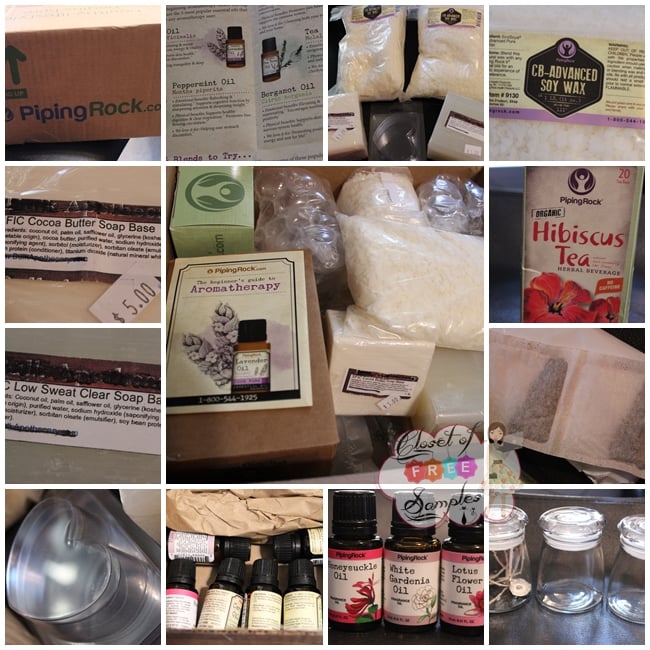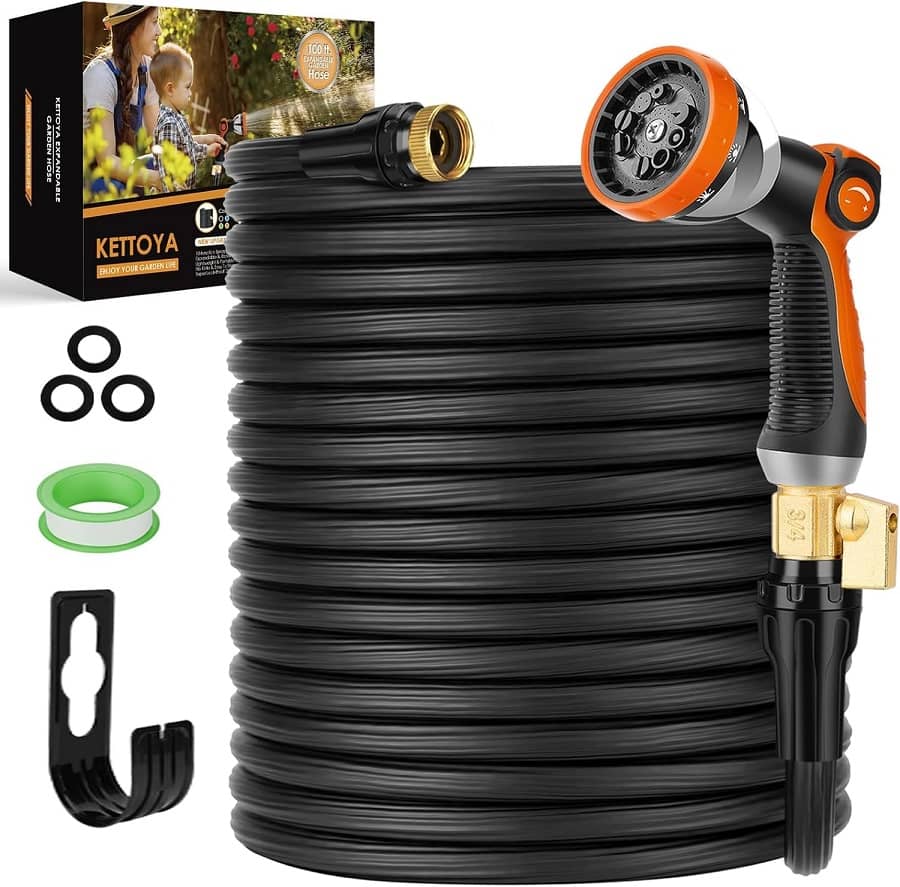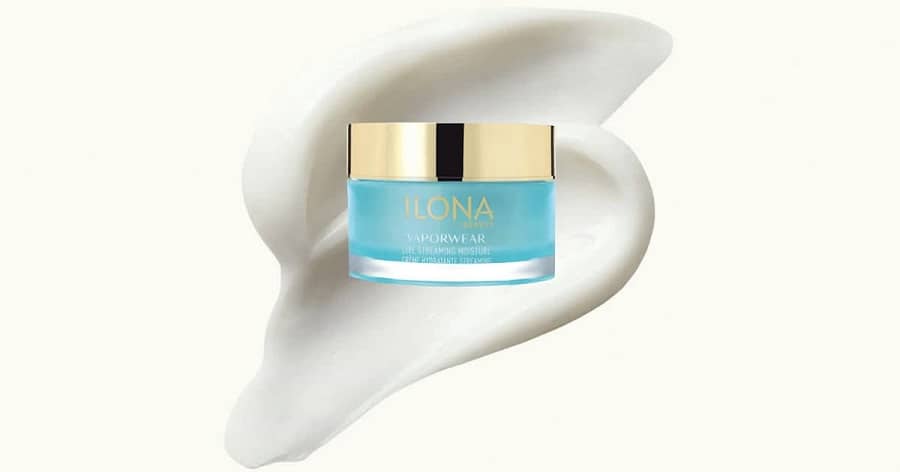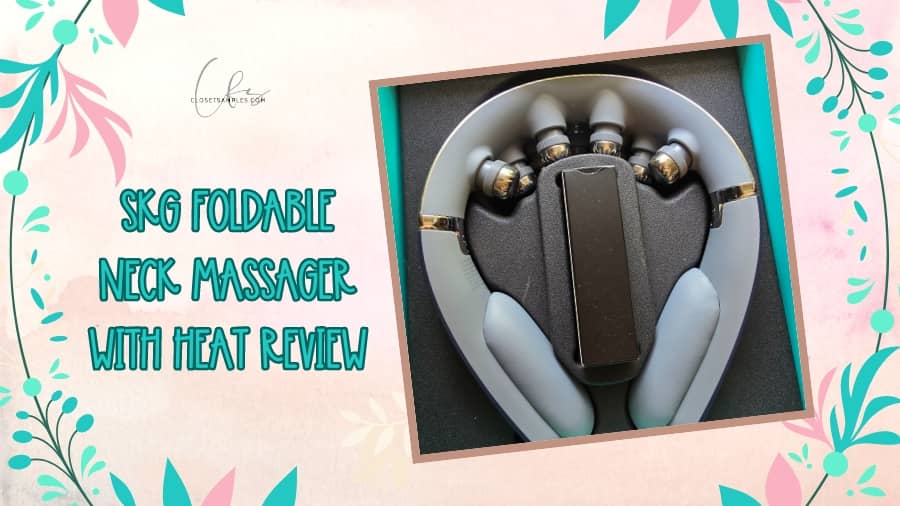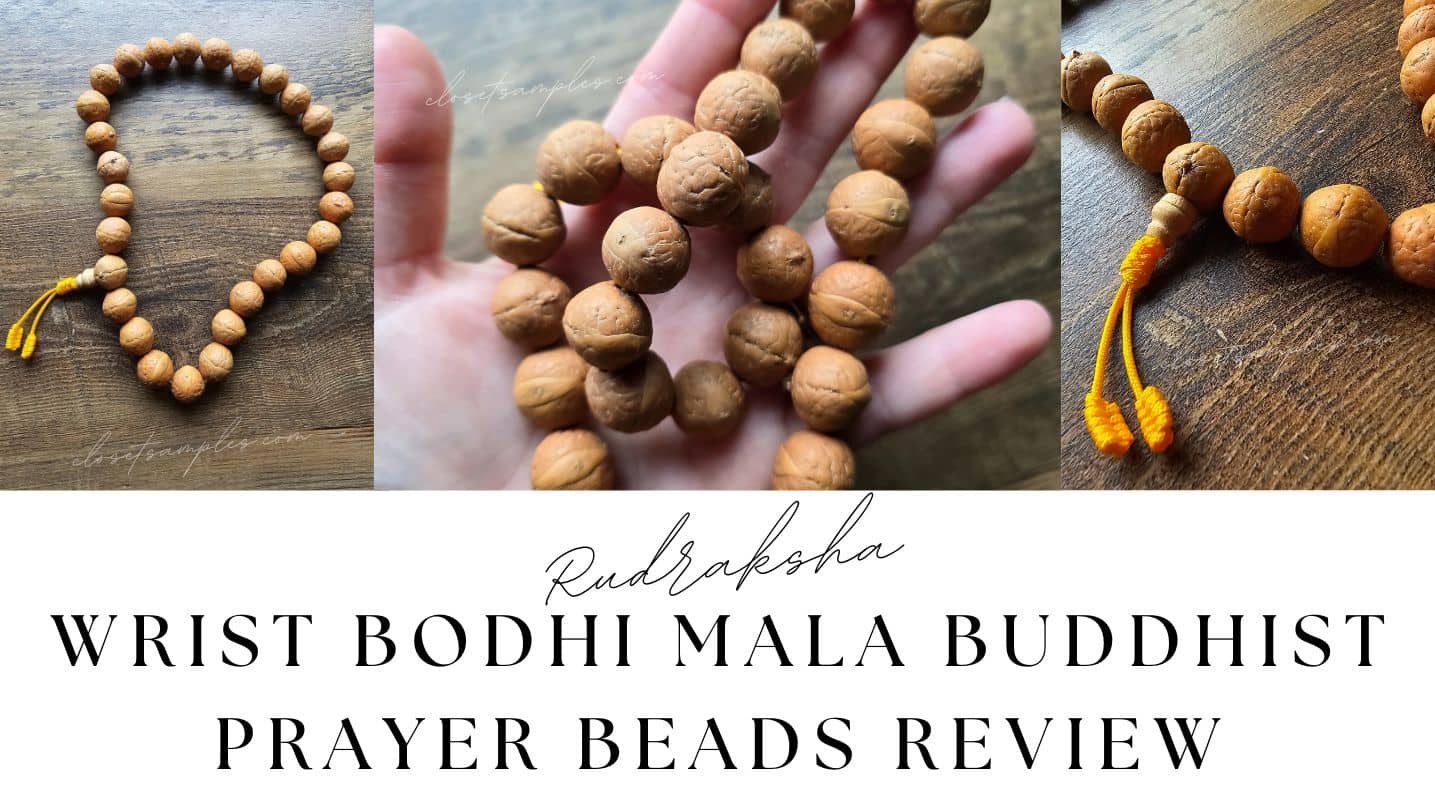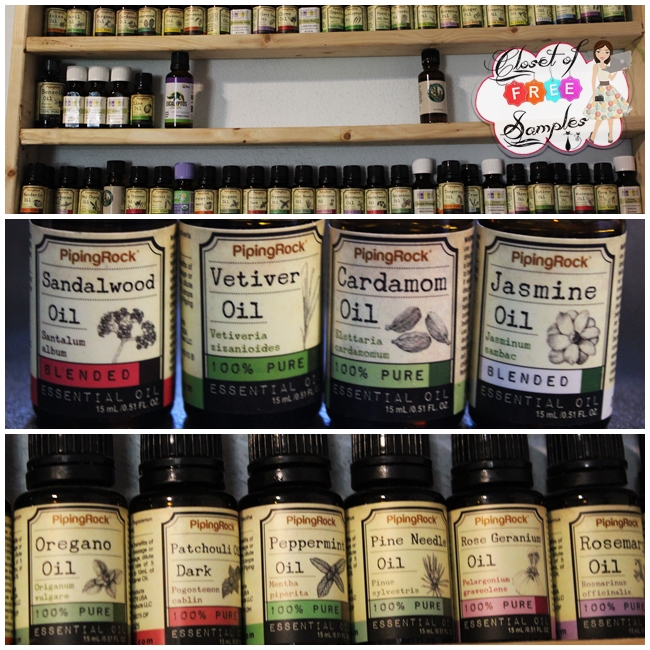
The uses for essential oils (both for getting and staying healthy) are vast and diverse. As human residents of planet Earth, hardly a moment goes by when we are not reminded of our dependence on plants and their uses. We use a broad variety of plant life for oxygen, food, clothing, building, and to bring harmony and balance into our homes and outdoor surroundings. Plants have many beautiful qualities, but the plants themselves are not the only bounty. The essential oils that are extracted from plant leaves, flowers, stems, roots, or bark are incredible tools for us to use in our everyday lives, and when we are facing serious problems and looking for natural and healthy solutions in a more potent form. Essential oils carry the essence of the plants in such a potent form that a single drop of essential oil can equal multiple teaspoons of the dried herb (for instance, 1 drop of peppermint oil equals more than 25 cups of peppermint tea!). And they can be used or applied in a multitude of ways and combinations to bring powerful results to your tasks, atmosphere, and bodies.
Many essential oils have antibacterial, antimicrobial, antiviral, anti-inflammatory, antiseptic, and antibiotic properties. In addition to these impressive qualities, they often also transfer very pleasurable sensory experiences within minutes because of their fragrances and restorative natures, making them impactful on our brain chemistry, emotional well-being, and spiritual wellness. This makes for a highly vast and diverse list of uses for essential oils. But the remarkable uses of essential oils can only be maximized when purity is involved. Since quality regulations are virtually non-existent, knowing where your oils come from and how they are created is crucial to ensuring safety and effectiveness. Also important is knowing how to use each oil properly.
I personally LOVE using Piping Rock for purchasing my essential oils. I`ve been using them for over a year and find them to be high quality. What I love, is when you`re on their web site and browsing, each product has a description and lists the benefits of the product and sometimes even recommends uses and such. So you`re not stuck just randomly getting a product and hoping to figure out how to use it. Well here are some of the 3 newest essential oils I`ve checked out that I could recommend to you to try:
Sandalwood Essential Oil has been used in cultural and spiritual ceremonies for centuries. The Indian Ayurvedic system of medicine uses it for its anti-infectious and anti-inflammatory properties.Did you know that Sandalwood has Anti-Cancer Properties? Yes, in studies conducted by Brigham Young University Sandalwood was highly effective against breast, prostate, cervical and skin cancer in small concentrations! Did you know that Sandalwood Essential Oil is high in sesquiterpenes the chemical component that stimulates the pineal gland in the brain? This creates deep relaxation of the nervous system and that is why it has been used for centuries to enhance meditation. The pineal gland produces melatonin and releases into the bloodstream. Science has revealed that melatonin is responsible for regulating the sleep cycle, is a powerful antioxidant and has powerful immune system benefits. This is why many people use Sandalwood Essential Oil as a natural sleep remedy, natural sleep remedy, and in lieu of using a melatonin supplement! I personally like to use it for my hair and skin, and to help me relax and focus during meditation.
Blends Well With: Bergamot, Black Pepper, Cinnamon Bark, Cinnamon Leaf, Clary Sage, Clove, Coriander, Cypress, Frankincense, Galbanum, Grapefruit, Jasmine, Lavender, Lemon, Mandarin, Myrrh, Rose, Orange, Palmarosa, Patchouli, Peppermint, Sweet Fennell, Vetiver, Ylang Ylang
Using Sandalwood Blended Oil:
Self-Massage for Shoulders Apply a small amount of Sandalwood Blend directly to the desired area. Firmly and slowly, knead one shoulder with the opposite hand. Switch arms and repeat.
Self-Massage for Neck Apply a small amount of Sandalwood Blend directly to the desired area. Clasp your hands together, and rest them on the back of your neck. Squeeze your hands together gently for tension-relieving pressure.
Spot Self-Massage Massage a small amount of Sandalwood Blend into your temples prior to meditation or self-contemplation, and allow the fragrance to gently elevate your consciousness.
Aromatherapy Uses
Bath Add 5-10 drops to hot bath water
Shower Sprinkle 5-10 drops into the shower steam before stepping in
Massage 8-10 drops of essential oil per 1 ounce of carrier oil
Inhalation Inhale directly or use with a burner or diffuser
It is said that Napoleon presented Josephine with a large bottle of jasmine oil. Though it has a scent which some find overpowering, there's no denying, taking into account the fragrance, the price, and the aphrodisiac reputation, that it makes a great aromatherapy gift, particularly for lovers. Extracted from the flowers of Jasminum officinale, this is the jasmine aromatherapy product most often referred to in the literature, though you may have difficulty finding it on sale. It is a dark orangey brown liquid, which is quite viscous. The absolute is produced by separating a concrete (produced by solvent extraction) using alcohol. Further processing by steam distillation produces essential oil.
The health benefits of Jasmine Essential Oil can be attributed to its properties as an antidepressant, antiseptic, aphrodisiac, antispasmodic, cicatrisant, expectorant, galactogogue, emmenagogue, parturient, sedative, and uterine substance. Jasmine Essential Oil is extracted from the flowers of Jasmine, and it has various scientific names including Jasminum Grandiflora (Royal Jasmine) and Jasminum Officinale (Common Jasmine). The oil is extracted mainly from the latter variety. Its main components are Benzoic Acid, Benzaldehyde, Benzyl Acetate, Benzyl Alcohol, Indole, Benzyl Benzoate, Cis-3-Hexenyl Benzoate, Cis-Jasmone, Ceosol, Eugenol, Farnesol, Geraniol, Linalool, Methyl Anthranilate, P-Cresol, Nerol, Gamma Terpineol, Nerolidol, Isohytol, and Phytol.
Jasmine is a very famous flower. It has a strong yet sweet, pleasing and romantic fragrance, which is very common in flowers which bloom only at night. Girls are often named "Jasmine", primarily in the Middle Eastern region and the Indian Subcontinent but also in other parts of the world. The jasmine flower is often associated with romance and love. Heroes in romantic novels and movies can often be found addressing their heroines by the name "Jasmine". For ages, jasmine has been inspiring poets as well. This flower blooms only at night and fills the surroundings with its unmistakable and alluring fragrance. However, this flower has much more to offer than its sweet smell and romantic associations.
Jasmine essential oils are great to use as an Antidepressant, Antiseptic, Aphrodisiac, Cicatrisant, Expectorant, Sleep Aid, Emmenagogue, Skin Health, Galactogogue, Parturient, Sedative, and as a Uterine. It can also be used to free people from narcotic and other addictions. A Few Words of Caution: Pregnant women, before they are at the actual birthing process, should avoid using this oil since it is an Emmenagogue. It is highly relaxing and sedating and thus heavy doses should be avoided. Again, those who are allergic to Jasmine should avoid using it, as with any essential oil made from a known allergen.
Blends Well With: Geranium, Lemon, Lime, Orange, Neroli, Cedar, Coriander, Lavender, Ylang-Ylang, Chamomile
Using Jasmine Blended Oil
Shoulder Massage Apply a small amount of Jasmine Blended Oil directly to the desired area. Firmly and slowly knead one shoulder with the opposite hand. Switch arms and repeat.
Neck Massage Apply a small amount of Jasmine Blended Oil directly to the desired area. Clasp your hands together and rest them on the back of your neck. Squeeze your hands together gently for an easing of tension.
Spot Massage Apply a small amount of Jasmine Blended Oil directly to areas of concern, such as muscles, skin or joints that are experiencing discomfort. Work the oil gently into the skin until it is fully absorbed.
Aromatherapy Uses
Bath Add 5-10 drops to hot bath water
Shower Sprinkle 5-10 drops into the shower steam before stepping in
Massage 8-10 drops of essential oil per 1 ounce of carrier oil
Inhalation Inhale directly or use with a burner or diffuser
The health benefits of Vetiver Essential Oil can be attributed to its properties as an anti-inflammatory, antiseptic, aphrodisiac, cicatrisant, nervine, sedative, tonic and vulnerary substance. The botanical name of vetiver is Vetiveria Zizanoides or Andropogon Muricatus. This grass has a very pleasant, mild, earthy, and musky smell which has a cooling effect on the body and the mind. The dried grass and its roots are used to thatch the side panels of water based room and window coolers, since it cools and adds fragrance to moist air. It is also used to thatch roofs of earthen houses and mattresses. It is also used as curtains on doors and windows, which, apart from cooling and scenting the rooms, keeps insects away. That is why its demand rises excessively during the summer, particularly in hot countries like India and its neighbors. The essential oil of vetiver is obtained through steam distillation of its roots and its main components are alpha vetivone, benzoic acid, beta vetivone, furfurol, vetiverol, vetivene, and vetivenyl vetivenate. Its essential oil is also used extensively in the perfume industries, including perfumes for the body, room fresheners, and coolers, as well as cosmetics, soaps, oils and as a flavoring agent in beverages, sorbets, and food stuffs.
Vetiver is great to use as an Anti-Inflammatory, Cicatrisant, Antiseptic, Aphrodisiac, Tonic, Nervine, Sedative, and a Vulnerary. Vetiver essential oil also benefits patients of rheumatism, arthritis, gout, muscular aches, dryness and cracking of the skin. This essential oil is completely safe, being a non-irritant, non-sensitizing and non-toxic substance.
Blends Well With: Carrot Root, Cedarwood, Frankincense, Ginger, Grapefruit, Jasmine, Lavender, Lemon, Lemongrass, Myrrh, Patchouli, Sandalwood, Ylang Ylang
Recipes Using Vetiver Oil
Stable Ground Uniting four powerful earth-elemental root oils, this blend lends the stability and calm resolve of a deeply-rooted plant.** 4 drops Vetiver Oil 4 drops Ginger Oil 2 drops Angelica Root Oil 2 dops Turmeric Oil
Tranquility Potion Imagine the tranquility and far-reaching vision of sitting on a peaceful beach… then realize your vision with this calming, clarifying blend.** 6 drops Vetiver Oil 4 drops Cedarwood Oil 2 drops Lavender Oil 2 drops Bergamot Oil
Aromatherapy Uses
Bath Add 5-10 drops to hot bath water
Shower Sprinkle 5-10 drops into the shower steam before stepping in
Massage 8-10 drops of essential oil per 1 ounce of carrier oil
Inhalation Inhale directly or use with a burner or diffuser
As you can tell there`s plenty of information about essential oils and how to use them. This is just some of the basic info. Do some digging and you`ll find a bunch of things you can use each of these for and how to do it. As you can tell by my posted photo at the top, I have a LOT of oils. Some I use often, some I`m still learning the use or planning to try something with. There`s a lot of homemade remedies, skin care products, etc that can be made with essential oils and Piping Rock is a great place to get started with your collection!

